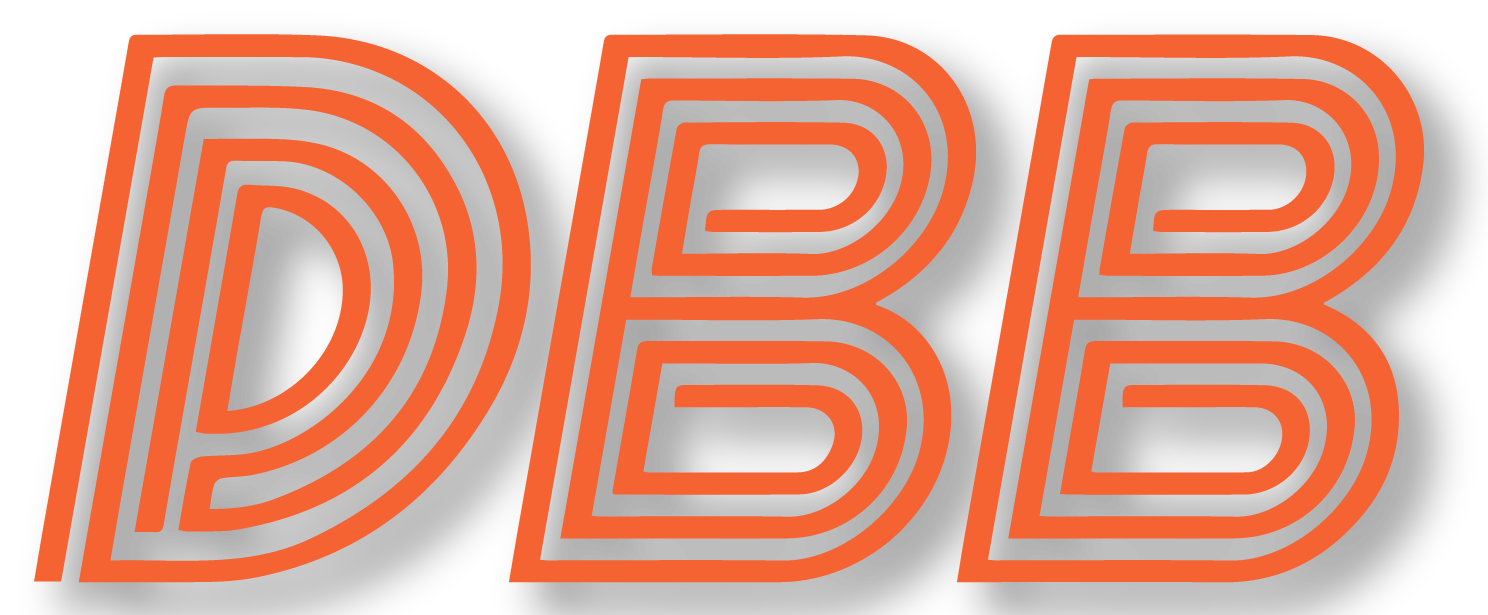The offseason is the perfect time to do a deep dive into what exactly we saw on the field last year, so today I want to look more closely at how Chicago’s QBs performed in 2018. To do so, I’m going to compile all of the information about individual targets from The Quant Edge and use it to see what we can learn about QB play as a whole.
Before we begin, I want to note two limitations.
- This doesn’t split data into individual QBs, so unfortunately I can’t separate out the games Trubisky played and use only those. Still, Trubisky accounted for 85% of Chicago’s pass attempts in 2018, so this should still be useful to help us generally learn more about him.
- This data only includes WRs and TEs, so I will not be able to incorporate any information about the 132 pass attempts that went to RBs (and Bradley Sowell). I really wish they included Tarik Cohen in particular, considering he finished 3rd on the Bears in targets, but no such luck.
With that said, let’s get started.
Route Efficiency
How effective were Chicago’s QBs targeting various routes?
That data can be seen in the table below, sorted from most to least targeted. I also highlighted routes that were particularly efficient in green, and routes that were particularly inefficient in red.
A few thoughts:
- The Bears loved their go routes, but they sure didn’t work well in 2018. As previously noted, Trubisky had issues with deep accuracy, and maybe that was part of the problem. And you can argue there is value in go routes to back the defense off. But still, 26% completion rate is not acceptable for a route they utilize that frequently, and there were 5 interceptions thrown on go routes as well. If you’re looking for one bright spot on go routes, Allen Robinson caught 40% of his targets for over 16 yards/target.










